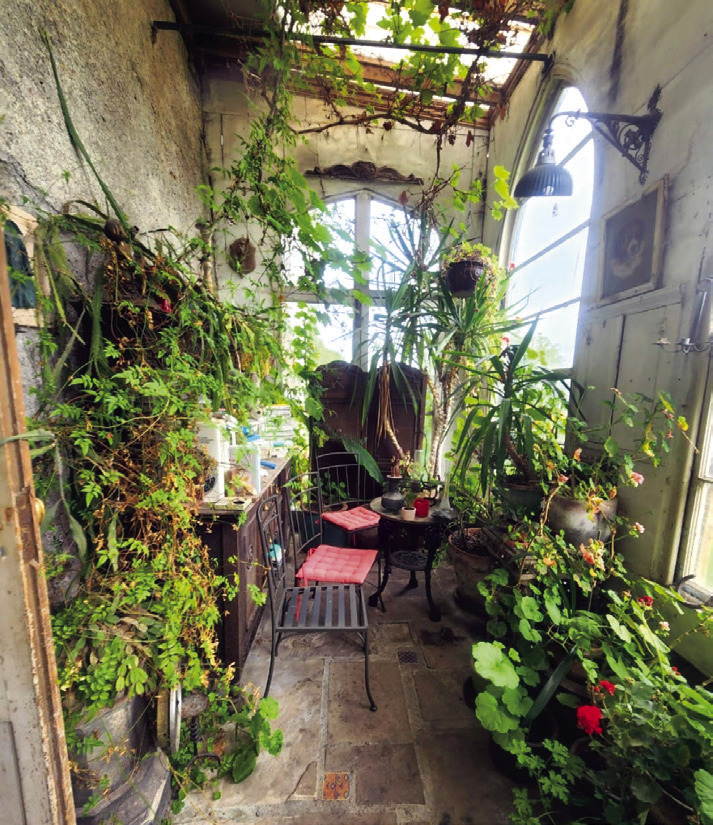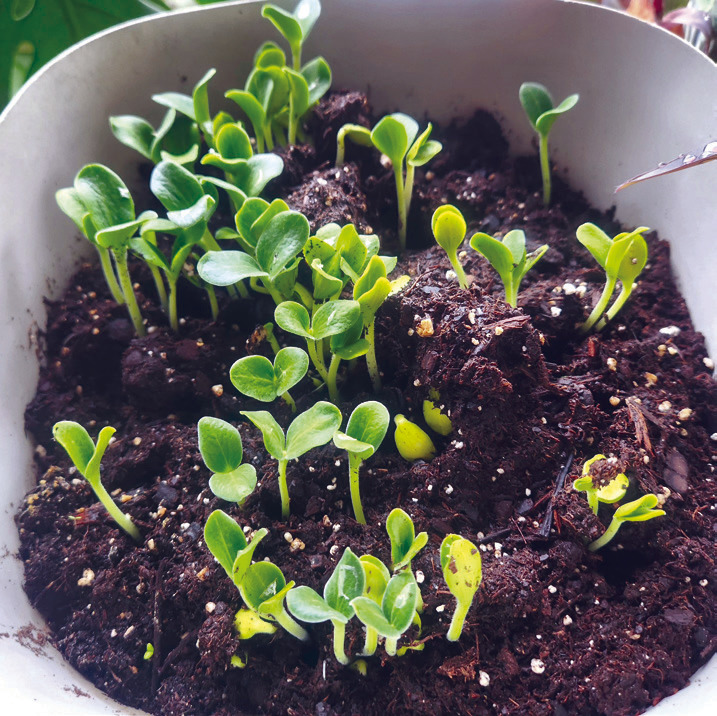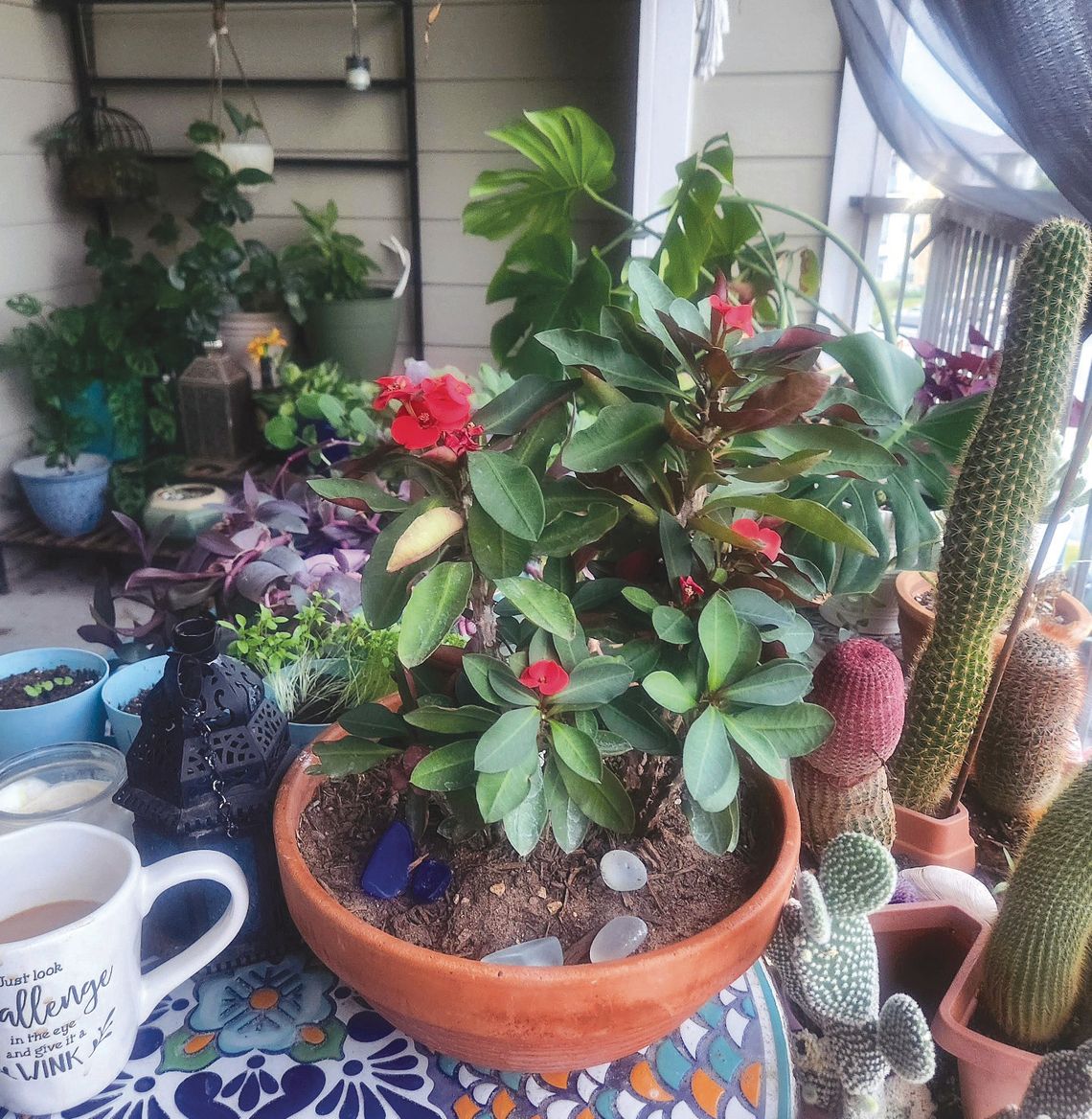Growing a healthy indoor garden... with science
Have you considered beautifying your home or workspace with indoor plants? Research by NASA indicates that air in energy-efficient buildings with low fresh air exchange contains volatile organic compounds produced from carpets, paint, cleaning and aerosol products, pesticides and printer inks that impact air quality. Also, pathogenic viruses and bacteria naturally occurring in the home or workplace can be harmful. In addition to adding aesthetic quality to the workplace, plants can help to purify the pollutants out of the indoor environment.
Soil is a large part of how plants work their magic. The key is to provide the plant with good air circulation and ventilation. The roots and their microorganisms will then transform toxins into bioavailable particles for the roots to filter. A microbe found in plants’ soil, M. vaccae, releases cytokines. Cytokines enable your brain to produce serotonin, a natural mood elevator. Leaves take in carbon dioxide and release fresh oxygen into the environment. All these benefits of having plants in our daily environments are optimized when our plants are kept healthy.
If you decide to try your hand at growing plants indoors, it is important to choose your plant based on where you will locate the plant in your place of employment or home. This will influence the light requirements, planting medium, water and fertilizer requirements.
The light source is an essential factor to a healthy plant, so follow the tag instructions to provide the necessary light needed (low, medium or high). Take note of the plant’s leaf structure. Tropical plants grown naturally in full sun will have leaves with less chloroplast (cells that absorb light energy) and less chlorophyll. The chloroplast is deep inside the leaf, so the leaves are thick, small and plentiful. Shade-loving plants’ leaves are thin, large and fewer in number. Placing a sun/ shade plant in the wrong light will cause the plant to drop its leaves and try to produce new ones to adjust to the different light source. Adaptation can be enabled by acclimating the plant slowly over four to eight weeks to a different light environment.
In addition to the intensity of light in a location, it is vital to consider light du- ration. The closer a plant is to a light source, the more intense the light is. Windows with a southern exposure have the greatest intensity followed by a western exposure. Light-colored containers or surrounding surface also increase the intensity, with dark colors doing the opposite. Light intensity impacts photosynthesis, stem growth, leaf color and bloom production.

A multitude of house plants beautify the stark rock walls of Leap Castle in Ireland.

Spaghetti squash seedlings sprout in a container kept on a kitchen cabinet.
While most plants can thrive in 16 hours of light and eight hours of darkness, plants like kalanchoe, Christmas cactus and Poinsettia require less than 11 hours of light to bloom. The quality of the light source may change with the season. Plants can become sunburned with too much direct sunlight in the summer. Their leaves will wilt, turn brown and die.
Of course, the planting medium will impact a plant’s ability to thrive. Depending on the soil present at purchase, a house plant may need to be repotted with a better quality medium when you bring it home. Do not use outdoor garden soils for container plants. If the soil is not “fluffy,” it needs to be replaced. Whether you purchase or make your own potting soil, it must be lightweight, retain moisture and provide the necessary nutrients. If you want to make your own, you will need organic material such as coir, sphagnum moss, ground bark or compost. If you use compost, it should not be more than one-third of the medium. Then include inorganic matter such as vermiculite, perlite or sand. Vermiculite will do triple duty by holding air in the soil, retaining moisture and providing some nutrients. Perlite can both aerate and improve drainage, while sand can help with drainage. As your plant grows, bumping up to a larger pot will be required so the roots have room to grow. This gives you the opportunity to replenish the medium.
Over- or under-watering is the next culprit in losing indoor plants. Be sure to read about the water requirements for the plant you choose. There are too many factors to put a specific timetable on watering. Most homeowners water by looking at the top crust of the soil in the pot. However, the roots in an indoor plant are in the bottom twothirds of the container. Stick your finger or an instrument that shows wetness (popsicle stick) down past the top third of the soil to assess for moisture. When it is dry, water a plant until it runs out the bottom of the pot. Never let the plant container sit in the runoff water. Depending on the plant’s instructions, an organic, slow-release fertilizer may be required.
Once your plant is in the right spot and you learn its needs, you will reap the benefits that a healthy plant provides.



